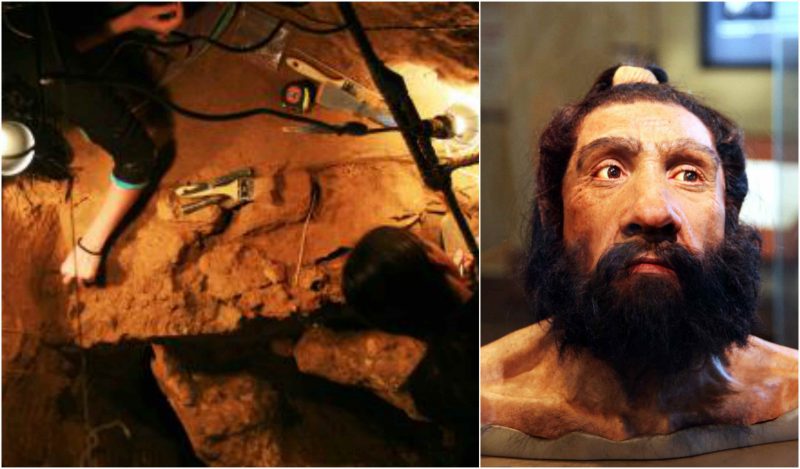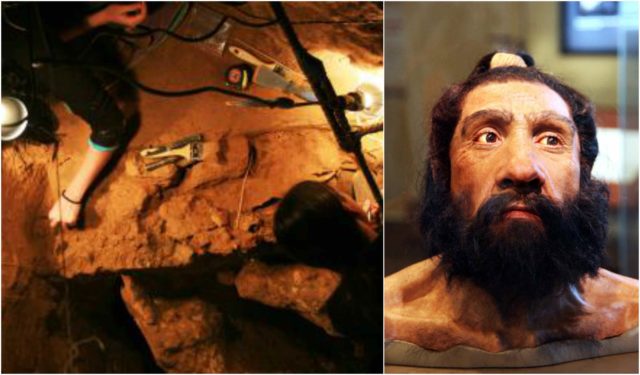
Scientists are now claiming that these early human cousins seem to have started to eat one another as resources became more difficult to find. This was happening in the face of competition from our Homo Sapien ancestors. Numbers would have inevitably diminished, and the populations would start to fragment to a point where it was impossible to recover.
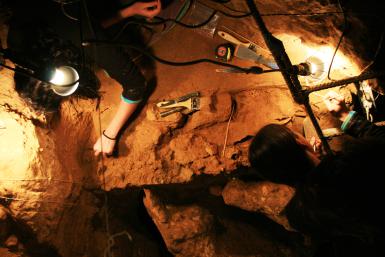
A palaeoecologist at the University of Rovira Virgili located in Tarragona, Spain named Professor Jorif Agusti collaborated with his colleagues to use high tech computer models to delve deeper into what could have happened to the Neanderthals. They concluded that if Neanderthals had competition from modern humans that did not engage in cannibalism, then their own cannibalism would have caused a negative impact against their population.
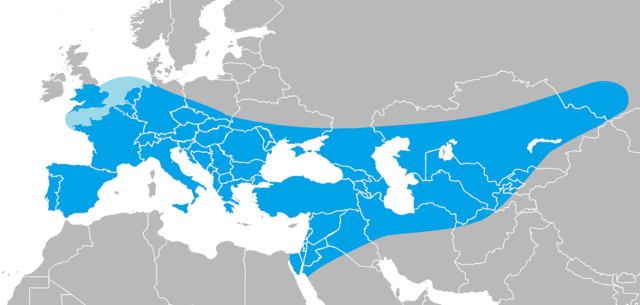
Remains fossilized and found in caves located near Europe have provided scientists with some insight that Neanderthals engaged in cannibalism to supplement their diet. Professor Agusti said, “Our results show that, without serious competitors, cannibalism is an optimal strategy in hostile environments. It allows a group to increase its resources and protects the zone from incoming groups. On the other hand, once a non-cannibalistic competitor is introduced in this very same environment, cannibalism becomes an extremely negative trait, as individuals still benefit from this behavior, but it is clearly adverse for the species as a whole.”
The behavior of Neanderthal groups did in fact ultimately lead to their own extinction when late Pleistocene anatomically modern Homo sapiens started taking their place in the environment. They were really well adapted to do so. The researchers involved in the study published their findings in the Quaternary International journal. A bunch of Neanderthal populations appear to have participated in cannibalism.
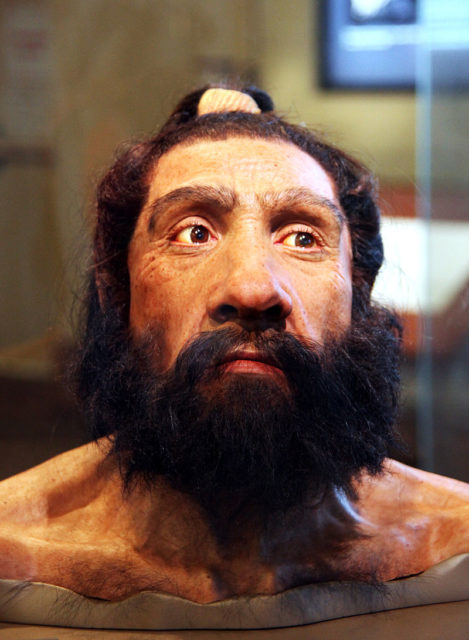
There is also evidence that Neanderthals ate and butchered some of their own kind from location sites in Northern Croatia, France and Spain. In a cave in Moula- Guercy on the Rhone River in Adeche, France, there are 100,000 year old bones that were found. They showed signs of being butchered and eaten. This same barbaric scenario was found at El Sidron in Spain which had cut marks and damage to the bone. Scientists concluded that this was likely done to extract bone marrow.
The Neanderthal remains were about 43,000 years old, but that was just before they completely disappeared. According to Professor Agusti and his colleagues, the Neanderthals might have engaged in cannibalism fairly regularly. As resources in their environment decreased it only became more common practice. Even modern groups that conduct cannibalism struggle and see population collapses due to pressure from rival groups that do not engage in it. Researchers published that, “The cannibals that still survive are displaced from the richest areas, and live on the borders with arid areas or in isolated niches. This situation is remarkably similar to what we know about the end of the era of the Neanderthals.”
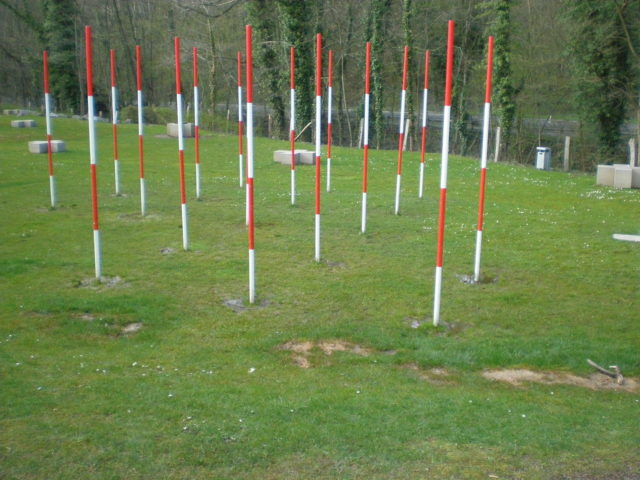
There are still varying theories about what happened to the Neanderthals and why they ceased to exist. One popular one pertains to climate change that took place near the end of the last Ice Age. This group was less capable of coping in the warmer climate. This demise also occurred at the same time that anatomically modern humans arrived from Africa. It seems logical that these two groups were competing for the same resources.
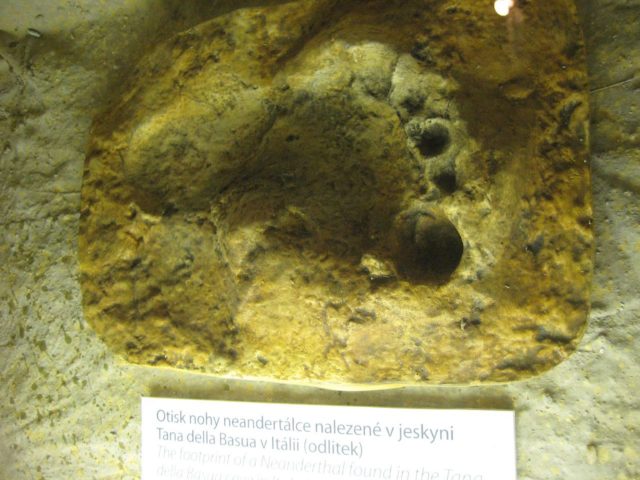
More recent genetic studies have been published that revealed how modern humans and Neanderthals even interbred at some point in history. However, there are some anthropologists that suggest modern humans actively fought against and even helped wipe out Neanderthal tribes. The scenario that Dr. Agusti and his colleagues put forth indicates that Neanderthal populations would have likely collapsed regardless of interactions and competitions with the modern humans preying on them.
